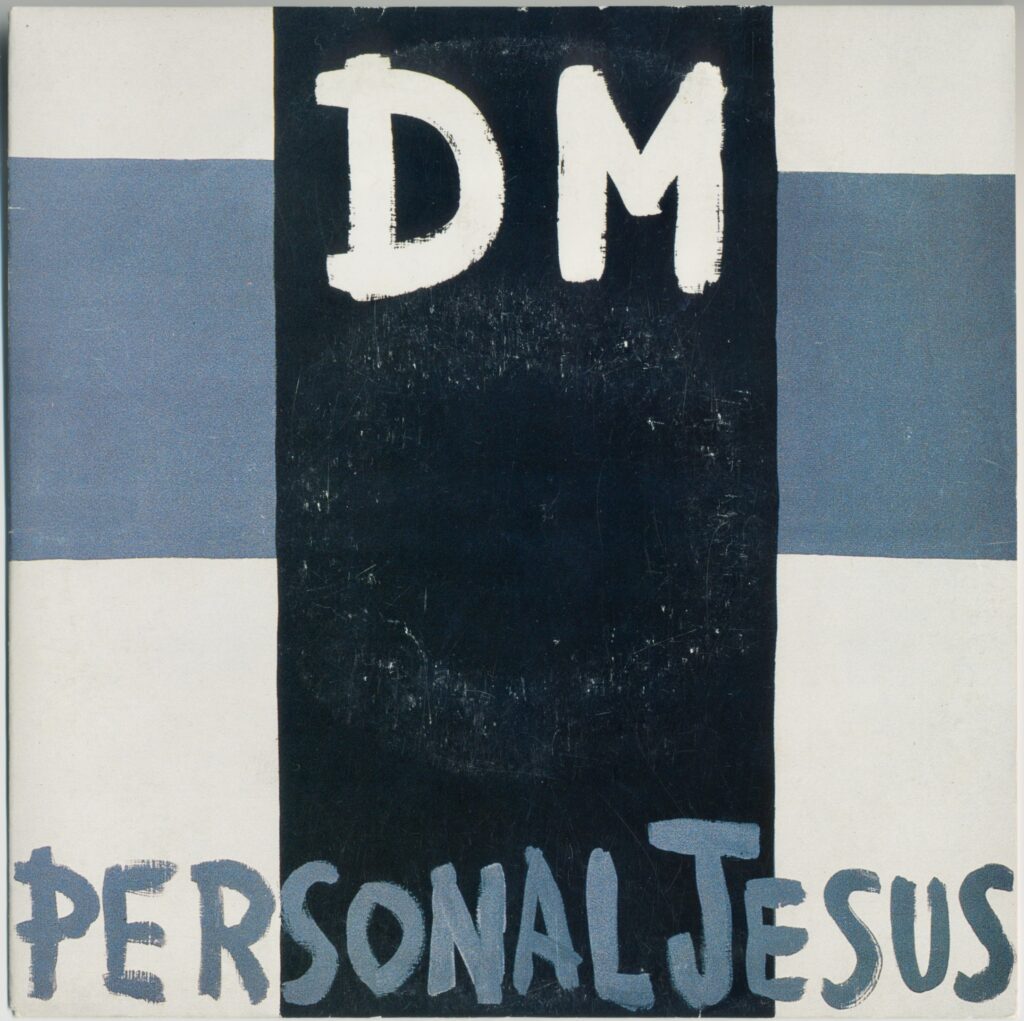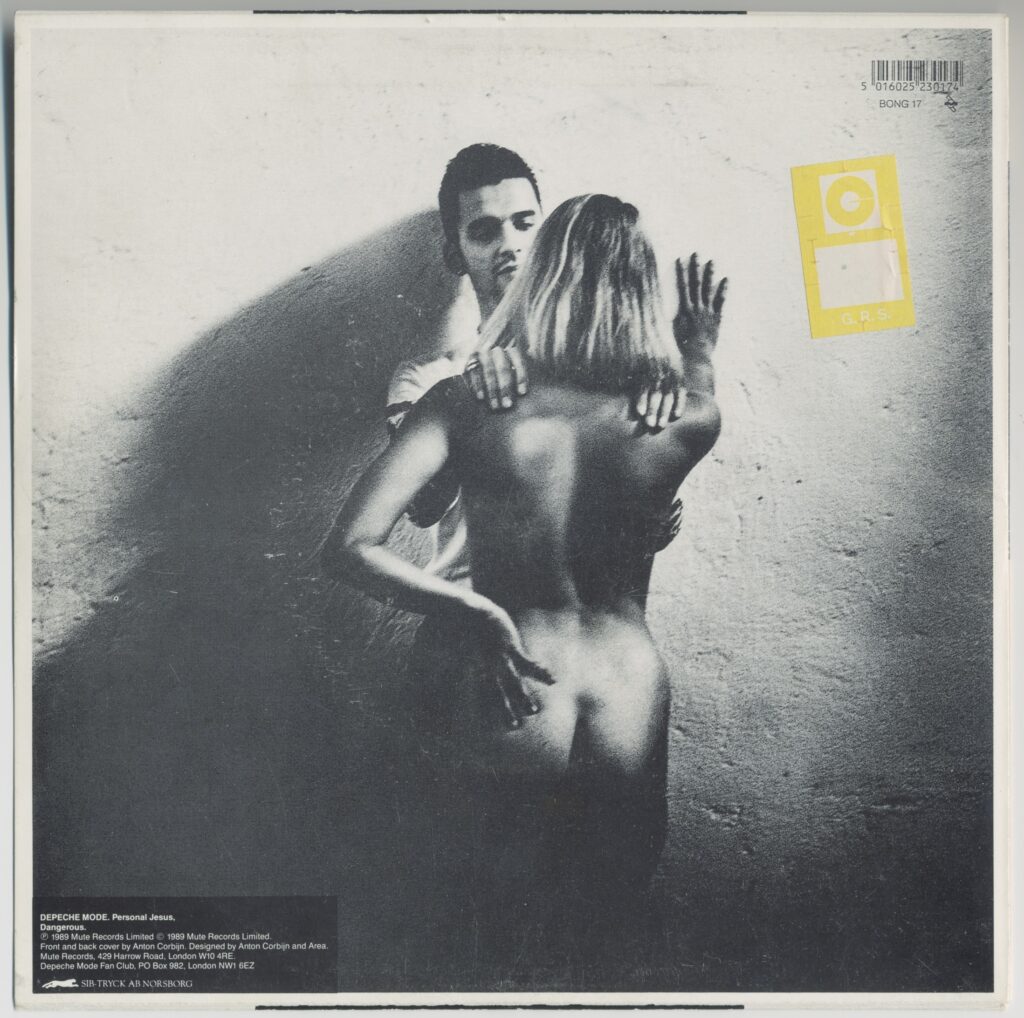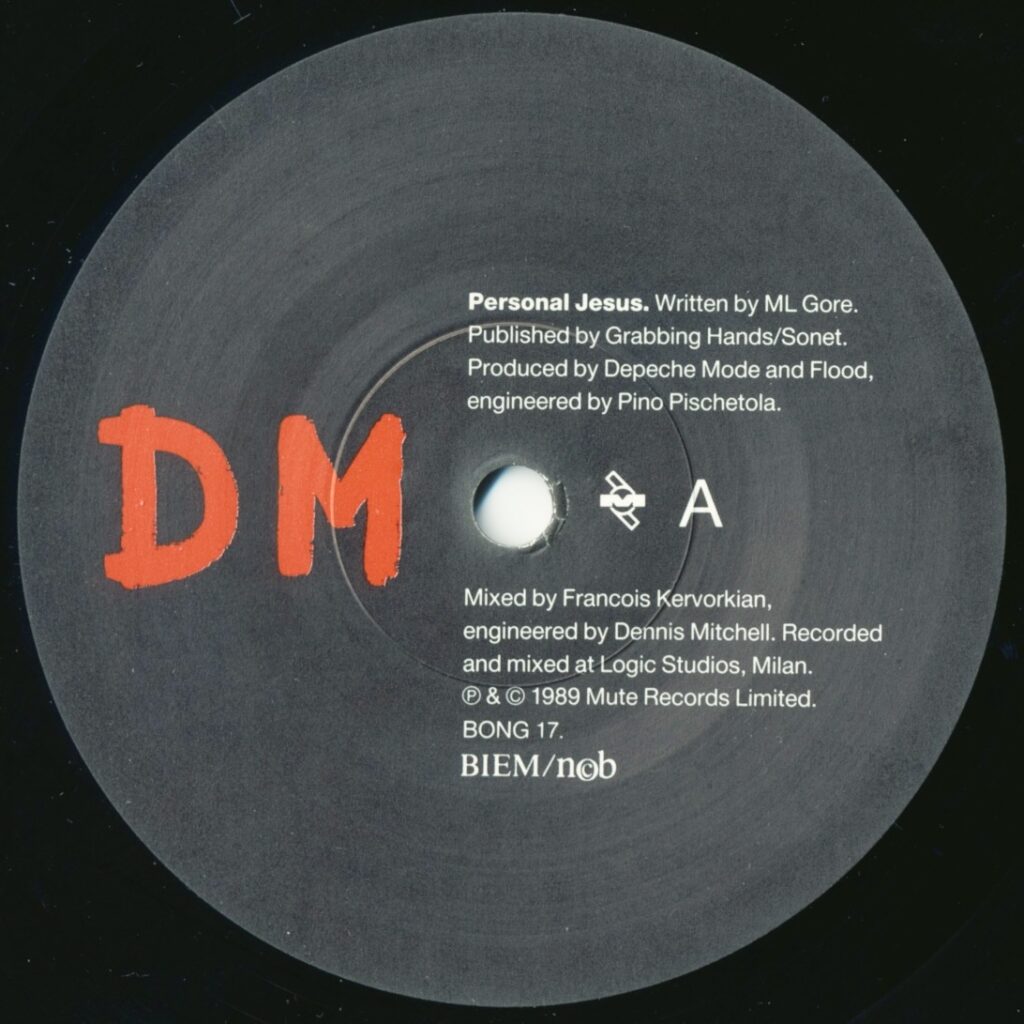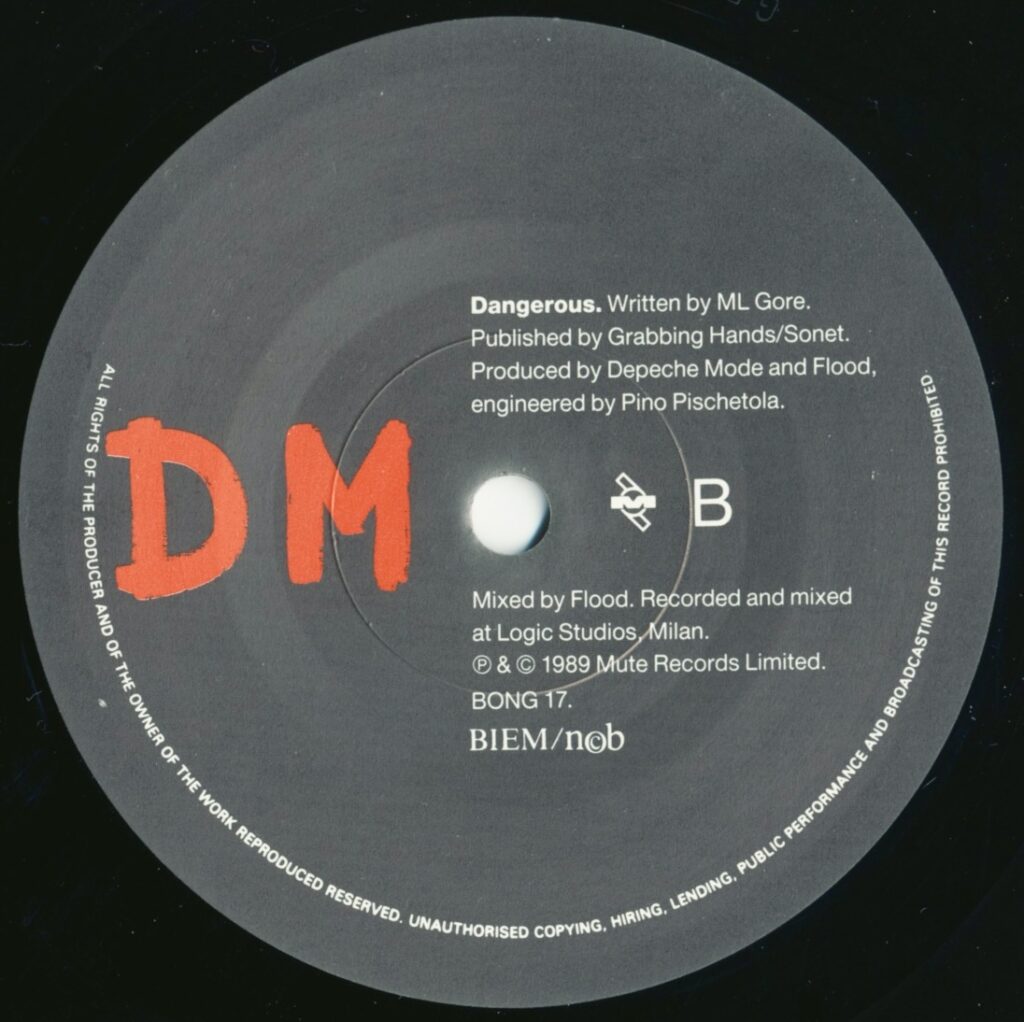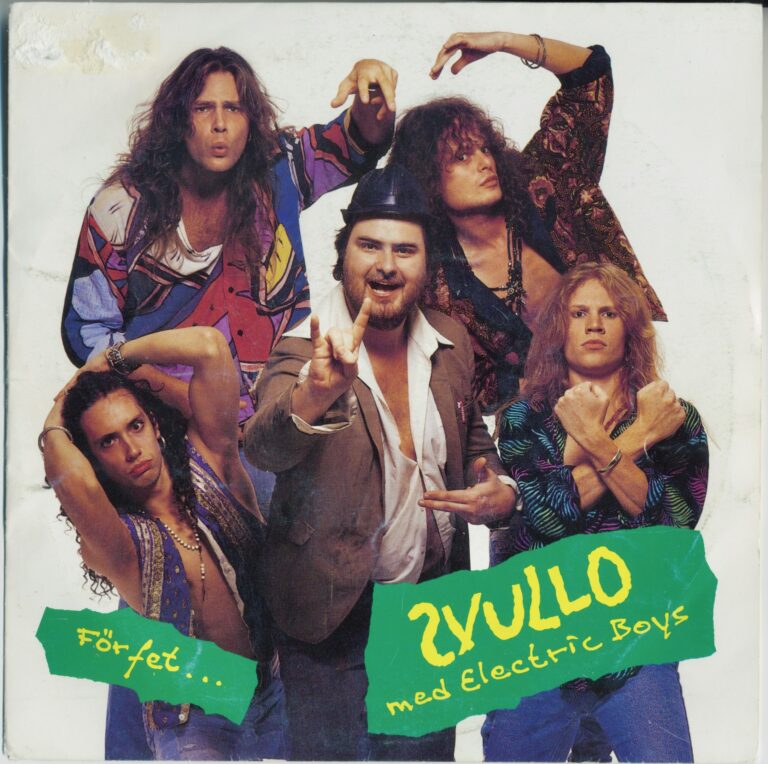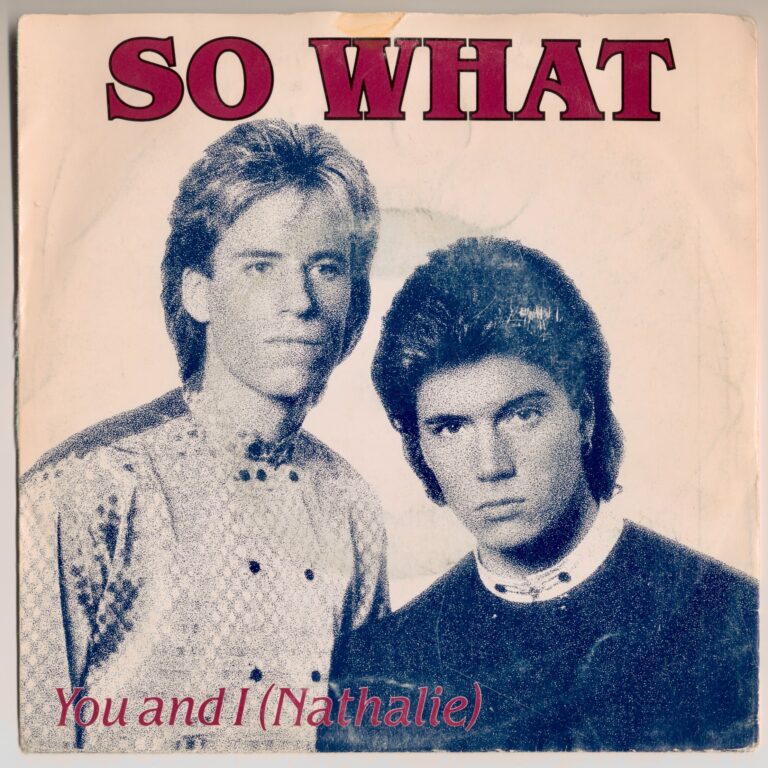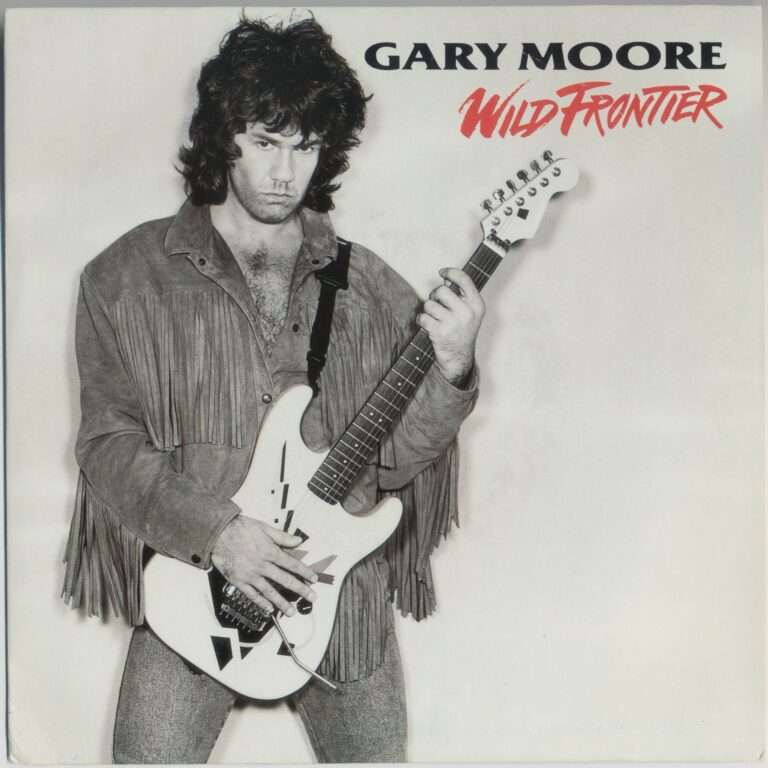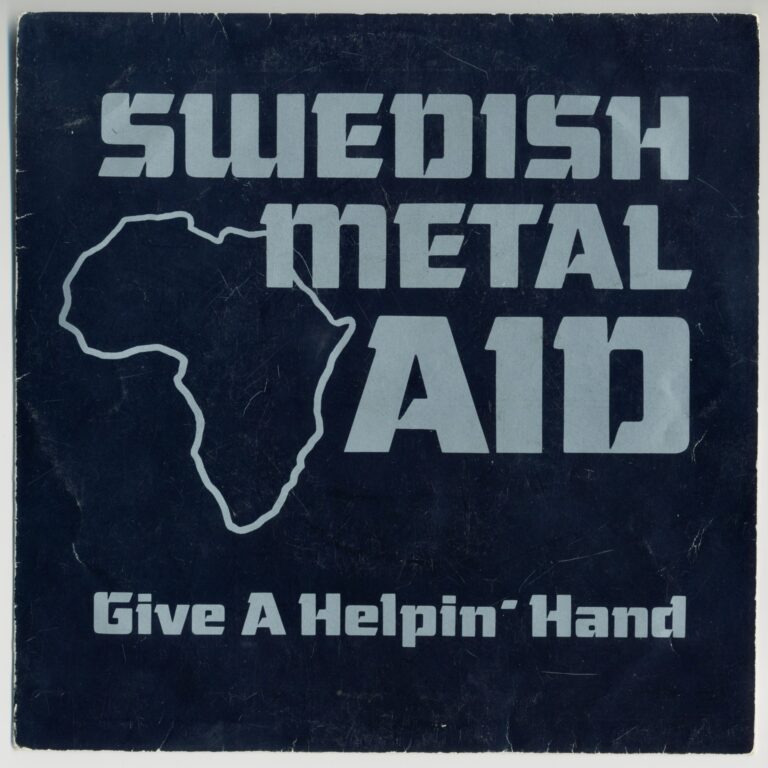In the late 1980s, Depeche Mode, known for their synth-heavy sound, was on the cusp of a major evolution. The band was recording their seventh studio album, Violator, a project that would ultimately cement their status as global icons. But before the album’s release, a single emerged that would not only preview this new direction but also become a cultural landmark in its own right: “Personal Jesus.”
The inspiration for this iconic track came from an unexpected source: Priscilla Presley’s 1985 memoir, Elvis and Me. Martin Gore, the band’s chief songwriter, was captivated by Priscilla’s description of Elvis as her “own personal Jesus”. This phrase sparked a powerful idea in Gore—the way people elevate others to a god-like status in their relationships, seeking hope and care from a human source. The song, he clarified, wasn’t about Jesus in the religious sense at all, but about how a real person can take on a savior-like role for another. It’s a theme that resonates deeply, touching on the complexities of human connection, the search for salvation, and the subtle manipulations that can exist in our most intimate bonds. The track’s ambiguous nature, blending religious imagery with a secular and even sexual undertone, is a key part of its lasting impact.
“Reach out, touch faith / Your own personal Jesus / Someone to hear your prayers / Someone who cares”
Musically, “Personal Jesus” marked a daring departure for the band. While Depeche Mode had previously used guitars on tracks like “Behind the Wheel,” this was the first time a bluesy guitar riff—inspired by the legendary John Lee Hooker—was the central hook. This choice was a natural fit for Gore, who had a long-standing love for blues and gospel. The song’s unique sound was crafted through unconventional methods in the studio. For the prominent “stomp” sound, the band didn’t rely on a drum machine; instead, they recorded two or three people jumping up and down on flight cases. The rhythmic breathing sounds, a haunting feature of the track, were originally an attempt to use a harmonica for the bass line. When that didn’t work, they simply recorded Martin Gore and Alan Wilder’s vocalizations, chopped and pieced them together, creating a truly unique percussive element. This spirit of innovation and willingness to experiment with organic, self-made samples allowed them to break new sonic ground and create a sound that was both electronic and raw.
The visual presentation of the single was as provocative as the song itself. Designed by the renowned photographer Anton Corbijn, the front cover was “simplistic and childlike,” with text that looked like it was painted by a five-year-old. In stark contrast, the back cover featured a band member with a naked woman, a detail that highlighted the song’s “decadent underlining” and “sexual subtext”. For collectors, a fascinating detail emerged: the band member featured with the naked woman varied depending on the release format. Martin Gore was on the 7-inch vinyl, Dave Gahan on the 12-inch, Andy Fletcher on the cassette, and Alan Wilder on the original CD. This subtle variation turned each release into a piece of a larger artistic puzzle.
When it was time to promote the single, Depeche Mode opted for a bold and controversial strategy. They ran classified ads in newspapers with the phrase “Your own personal Jesus” and a phone number that fans could call to hear the song. This pre-release buzz generated significant discussion and even led to some newspapers refusing to run the ads, but the gambit worked, propelling the single’s initial visibility and sales. The song’s commercial success was immediate and global. In the US, it was their first Top 40 single since 1984. Across Europe, it charted highly, reaching the top 5 in Denmark, Greece, Italy, and Switzerland, and peaking at No. 17 in Sweden.
Decades later, “Personal Jesus” remains Depeche Mode‘s signature song, a testament to its enduring power. Its themes continue to resonate, and its sonic innovation is still celebrated. The song’s strength is perhaps best demonstrated by the wide array of artists who have covered it, from Johnny Cash’s sincere, stripped-down acoustic version to Marilyn Manson’s industrial take. Each interpretation, whether sincere or satirical, validates the original composition’s universal appeal. This song isn’t just a relic of the ’80s; it’s a living, breathing piece of art that continues to spark conversation and connect with new generations, a powerful anthem about the human need for connection, and the saviors—real or imagined—we create in our lives.
My copy: 7″, 45 RPM, Scandinavia, 1989, Mute
Trackslistan (Swedish radio chart): 6 weeks, peaked at #5, #35 on year-end list 1989

